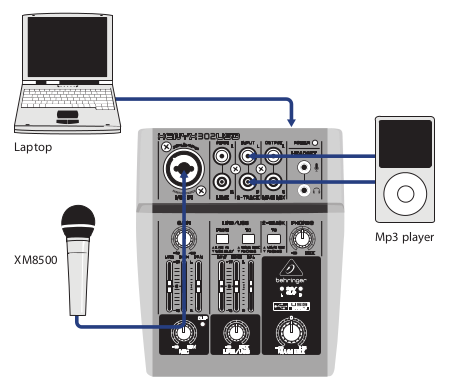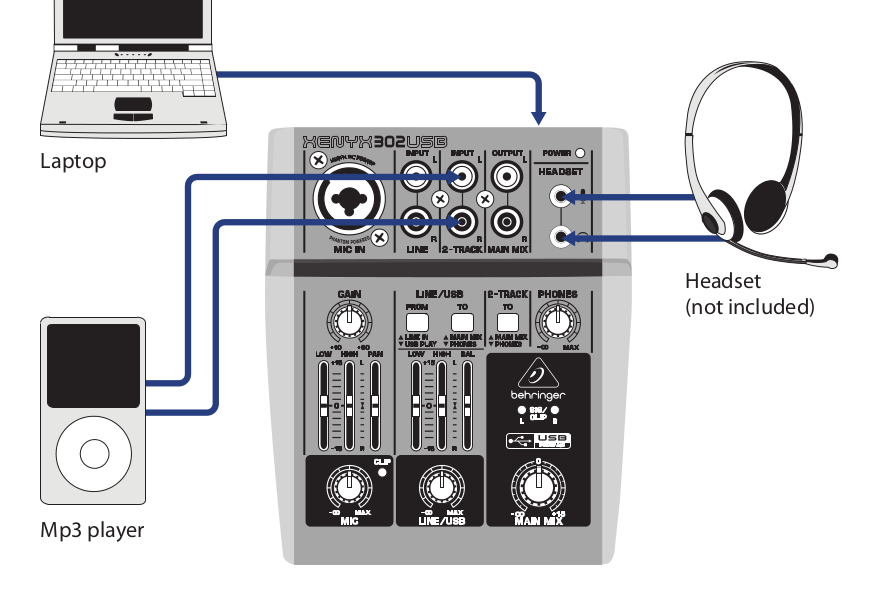
-
The graph of the headphone represents the headphone, but it does not represent neutral, owing to free field diffusion.
You better check books like one by Toole and Loudspeakers and Headphones handbook. It is way better than this chit chat talk.
For example, if you sat between two speakers it would sound really weird.
Also sitting between speakers has NOTHING to do with headphones if you even slightly understand sound.
The FR of the cans is tailored to simulate a listening environment at a reasonable distance, sometimes with a loudness curve as well.
And it is your own invention as far as I understand.
-
Well, here's some more for you, then. And this will be my last regarding this issue:

 graphCompare1-283766149.png1000 x 500 - 62K
graphCompare1-283766149.png1000 x 500 - 62K
 graphCompare2-437901759.png1000 x 500 - 64K
graphCompare2-437901759.png1000 x 500 - 64K -
As I have all three headphones before me, I can tell you that your chart is wrong (in addition to using very bad to compare scale). And one I referenced is very close to reality.
Just to add to guys who will read this. No one here say that something is bad. Or that K702 are not good headphones. They are very good highly regarded HP with pluses and minuses (as in every other HP).
Just checked and Q701 (very similar to K702) is $199 now, huh
-
Ones should trust their ears more than graphs..
-
Ones should trust their ears more than graphs..
Yet it is road to nowhere. :-)
I think you want to tell that we need to learn and find best measurements method, use blind tests (quite hard with headphones :-) ) and understand how perceptions and other things work.
-
I just ordered a Behringer XENYX 302USB Mini-Mixer. I'll tell you how it goes.

-
Do not directly see how it relate to the topic, it is best to make one for it or use something with mixers thing.
As far as I understand it does not have phantom power. Also design is not very handy for computer use.
-
I bought the item on the seller's guarantee that it would provide phantom power. It's an external sound card which can also mix sources and possibly be used as a simple field mixer.
I am using it for an application which requires a phantom-powered, noise-cancelling, voice-recognition-standard headset and mic. But they seem to be selling it with computers and mixing in mind and it comes with software.
http://www.behringer.com/assets/302USB_WebBrochure.pdf


http://orionhellraiser.blogspot.com/2013/01/the-amazing-behringer-xenyx-302usb.html http://www.gearslutz.com/board/reviews/719795-behringer-xenyx-302-usb-mixer.html
-
Don't try to eq or balance using headphones - I made that mistake with an album I was mixing a long time ago. Fortunately, I was only 2 days into mixing so managed to make up the time, but it was a stupid experiment with someone else's money. What headphones are good at though, is monitoring your editing - be that music or dialogue or atmos, and they'll ruthlessly expose anything you haven't got right.
There are some great 2.1 sub/sat near field monitoring systems out there now, many of which will let you calibrate them using test tones and a cheap radio shack audio meter, and you don't have to heavily treat the room you're working in. I got a set of Blue Sky near fields/subwoofer as an ex- demo set, and can't speak highly enough of them, for around $450. Everything I've ever balanced on them sounds the same everywhere else, which makes them (for me) the best thing since beer in cans. -
@mrbill Top advice. I'm currently mixing and editing and doing exactly that - cans for editing, so you can hear everything without distraction, speakers for mixing so you've a proper sense of reverb, imaging and eq.
-
I'll second that. Cans are great for cleaning tracks, NR, and especially creating your room tone, which is 50% of your sound editing. Once you start balancing levels on your monitors, you can set an initial reference dialogue level uing meters and the rest you can pretty much do by ear.
-
@spacewig the FR is independent of the color. For example you can take an AKG mic and a Sennheiser mic that are ruler flat, plus or minus 1db, 20-20, and they sound totally different. Obviously if there is a big bump, you are going to hear that, but the impression of neutrality for me is the transparency and lack of added color. @Mark_the_Harp there are certain edits that you will only hear on speakers, esp sin/cos as opposed to linear.
Howdy, Stranger!
It looks like you're new here. If you want to get involved, click one of these buttons!
Categories
- Topics List23,993
- Blog5,725
- General and News1,354
- Hacks and Patches1,153
- ↳ Top Settings33
- ↳ Beginners256
- ↳ Archives402
- ↳ Hacks News and Development56
- Cameras2,368
- ↳ Panasonic995
- ↳ Canon118
- ↳ Sony156
- ↳ Nikon96
- ↳ Pentax and Samsung70
- ↳ Olympus and Fujifilm102
- ↳ Compacts and Camcorders300
- ↳ Smartphones for video97
- ↳ Pro Video Cameras191
- ↳ BlackMagic and other raw cameras116
- Skill1,960
- ↳ Business and distribution66
- ↳ Preparation, scripts and legal38
- ↳ Art149
- ↳ Import, Convert, Exporting291
- ↳ Editors191
- ↳ Effects and stunts115
- ↳ Color grading197
- ↳ Sound and Music280
- ↳ Lighting96
- ↳ Software and storage tips266
- Gear5,420
- ↳ Filters, Adapters, Matte boxes344
- ↳ Lenses1,582
- ↳ Follow focus and gears93
- ↳ Sound499
- ↳ Lighting gear314
- ↳ Camera movement230
- ↳ Gimbals and copters302
- ↳ Rigs and related stuff273
- ↳ Power solutions83
- ↳ Monitors and viewfinders340
- ↳ Tripods and fluid heads139
- ↳ Storage286
- ↳ Computers and studio gear560
- ↳ VR and 3D248
- Showcase1,859
- Marketplace2,834
- Offtopic1,320








